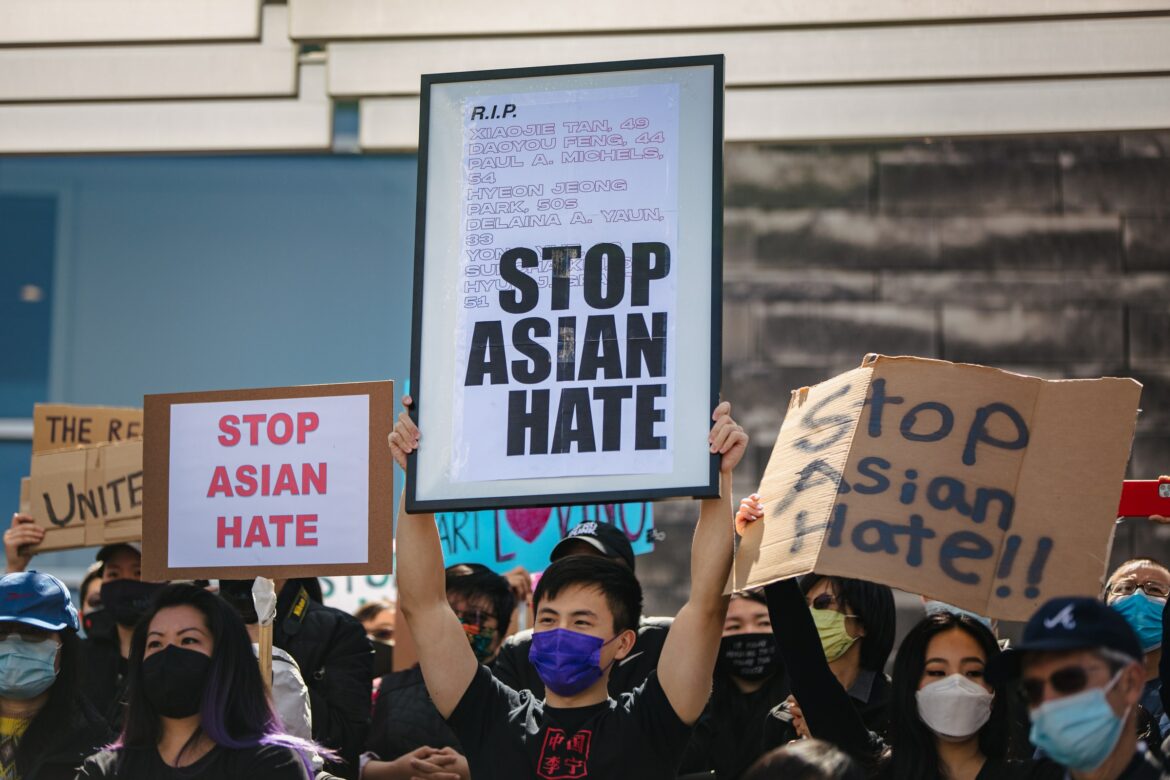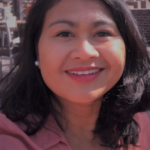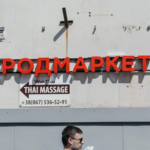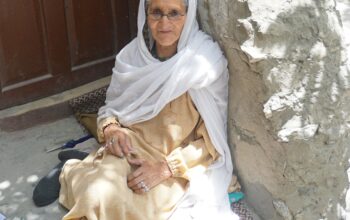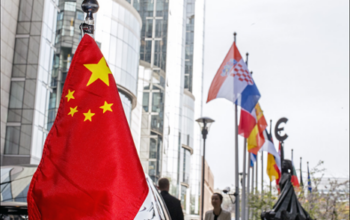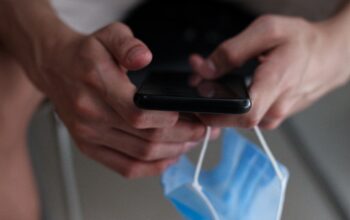On March 16 2021, a lone gunman shot and killed eight people in Atlanta, the capital city of Georgia, USA. Among those killed were six women of Asian descent, raising suspicion of hate crime. Since then, the social media has been sharing and tweeting #StopAsianHate.
The attack has spiked fears in the Asian American community, which has been experiencing an increase in attacks and harassment since the coronavirus pandemic began. Former US President, Donald J. Trump has been cited as one of the instigators towards the increased attacks during his presidency by using terms such as “the Chinese virus” or “Kung Flu” as a moniker for the virus. Between March 19, 2020 to February 28, 2021, around 3,800 anti-Asian hate incidents were reported.
The tragedy has prompted me to open up about discrimination against Asians, in particular Asian women. As an Asian woman living in Scandinavia, I have had all kinds of “jokes” and casual racism remarks thrown at me; stereotypes, such as us all looking alike, working as nurses or housekeepers, running a nail salon and massage parlour, or that we are the trophy wives to elderly white men.
The objectification of Asian women
An article published by Forbes.com in June 2020, reported that Asian-American women are less likely to progress and advance into senior leadership. Due to their apparent success in education and in the corporate world, Asian-American women are subjected to higher pervasive discrimination when it comes to advancing into supervisory responsibilities. The article cited how Asian-American women find it difficult to advance the corporate ladder which is created by two competing sets of stereotypes. On the one hand, they are seen as intelligent and hardworking, however, on the other hand as modest and low in social skills. Which led to a dilemma whereby, if they behave submissively to be “quiet and nice” they are seen as Lotus Flower or China Doll, however, if they are to speak up to express ideas and opinions, they are then seen as the Dragon Ladies.
Where did all these references come from? Lo and behold, the pattern and cycle of objectification of Asian Women began with how Asian women are portrayed in films, especially in the Western movies. Hollywood and American media corporations have long contributed to the culture of paranoid xenophobia and presenting a mythological “Other” through two Hollywood archetypes of the submissive, delicate, and overly emotional China Doll, and the threatening, cold Dragon Lady, which were the popular media productions of binary representation of Asian women.
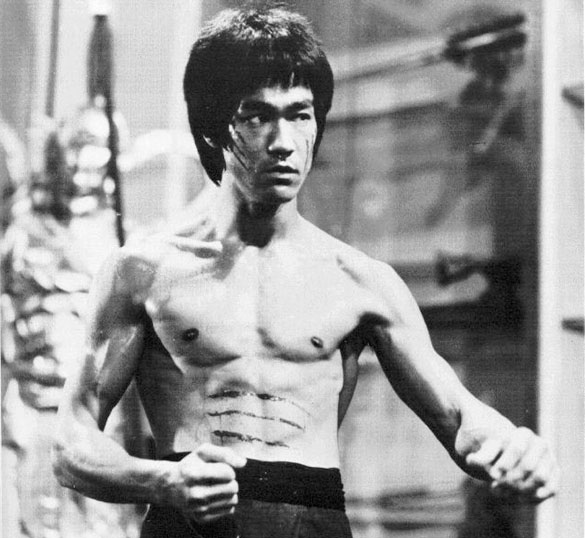
Shortly after the shooting, ephemeral Twitter users were tweeting “no happy endings” to refer to a colloquial term for offering sexual release to a client at the end of a massage. The reference of “happy ending” massage has been associated with the hyper sexualization of Asian women. Asian women have long been reduced to dehumanizing stereotypes, whether meek and speechless or aggressively sexual robots whose only purpose seems to be servicing white men.
When it comes to racism, there is a pattern that follows the severity of an act, and that pattern is gender. Women were more than two times more likely to experience discrimination this past year, according to a Stop AAPI Hate report. Russell Jeung, professor of Asian American studies at San Francisco State University, told NBC Asian America that the coalescence of racism and sexism, including the stereotype that Asian women are meek and subservient, likely factors into this disparity. “There is an intersectional dynamic going on that others may perceive both Asians and women and Asian women as easier targets,” he said. It came to no surprise that Asian women reported more attacks, as their image has consistently been misrepresented in the mainstream media, making them vulnerable targets for racist violent behaviour and their lack of progression within the corporate ladder in white America.
Brief history of anti-Asian racism in the USA.
Xenophobia against the Asian Americans is not something new, in fact there is a long history of discrimination and racism towards the community. While they have been labelled as the “silent community” and used as a model minority, as the immigrants frequently seen as having successfully integrated themselves into western communities, Asian Americans have also long been considered a threat to a nation that historically promoted a whites-only immigration policy. In 1882, the Chinese Exclusion Act was enacted for the purpose of prohibiting all immigration of Chinese labourers. In the early 19th century a xenophobic propaganda by white nativists about Chinese uncleanliness circulated around the area of San Francisco, referring to them as a “yellow peril” and unfit of citizenship.
The Asian-Indian community was not spared the xenophobic propaganda. They were called “dusky peril” in the fear described as “Hindu hordes invading the state” and by 1917, the Asiatic Barred Zone Act was enacted which prohibited immigration from British India, most of Southeast Asia, The Pacific Island, and the Middle East. During World War 2, more than 120,000 Japanese American, many of whom US citizens, were sent to internment camps after the attack on Pearl Harbour.
In 1982, at the height of Japan’s powerful auto industry, a Chinese American, Vincent Chin, was beaten to death by two white males. They mistook him for Japanese, the attack came at a time when Americans were losing manufacturing jobs. Vincent’s death a few days before his wedding saw the mobilization of the Asian-Chinese community to fight for their civil rights.
Is there a pattern of violence in the USA towards the Asian community that seems to occur only when there is an economic crisis, and the privileges of white Americans are at risk?
Anti-Asian: The aftereffect of global pandemic?
Anti-Asian racism is not isolated to the USA. In Australia, where there is a large community of Asians, reports of increased anti-Asian racism since the pandemic continues. One of the sensationalized events was when two sisters of Asian descent living in Sydney suburbs, were spat on and verbally abused by an assailant who called them “Asian dogs”.
Australia too has had a long-racialized history with its Asian communities since the early gold-rush era that saw massive migration of Chinese workers into the continent. It adopted the White Australia Policy 1901, the purpose of which was to limit the immigration of Asians into the country and restrict the labour of the community to specific industries.
In Europe there has also been an increase of reported abuse and acts of violence towards Chinese and other Asian-looking individuals since the pandemic. In Sweden, a journalist of Korean descent, raised in the country, wrote about how, since the pandemic, people had begun to ask of her origin, or tried to avoid her in public transports.
The EU has been criticized for lacking to show the actual make-up of European societies. In the European Parliament, for example, people of colour make up only 3 percent of MEPs; they exist on the margins and have little possibility to challenge the established norms and values within EU institutions in any fundamental way.
There has always been a pattern of discrimination targeted at the Asian community: the pandemic has brought attention to the casual and subtle racism members of this multifaceted community have continued to suffer in silence. Does society at large have to allow for a tragedy to happen to react against anti-Asian racism and other forms of racism? Or can society proactively engage itself to change its behaviour and stop discrimination and racism altogether? There seems to be a pattern and cycle that clearly needs to be disrupted.
Perhaps only by promoting a greater Asian representation in the process of equality policy-making and changing the perceptions and portrayal of Asian men and women in the media and in society at large can the Anti-Asian phenomenon cease to exist for good.
Related articles:
Unheard South Solidarity: The Asian-African Conference
The Social Network of Ethnic Conflict
Photo credits:
#StopAsianHate Community Rally in San Jose by Jason Leung on Unsplash
Bruce Lee from “Enter the Dragon” by Lexinatrix (CC-BY-NC-ND-2.0)
